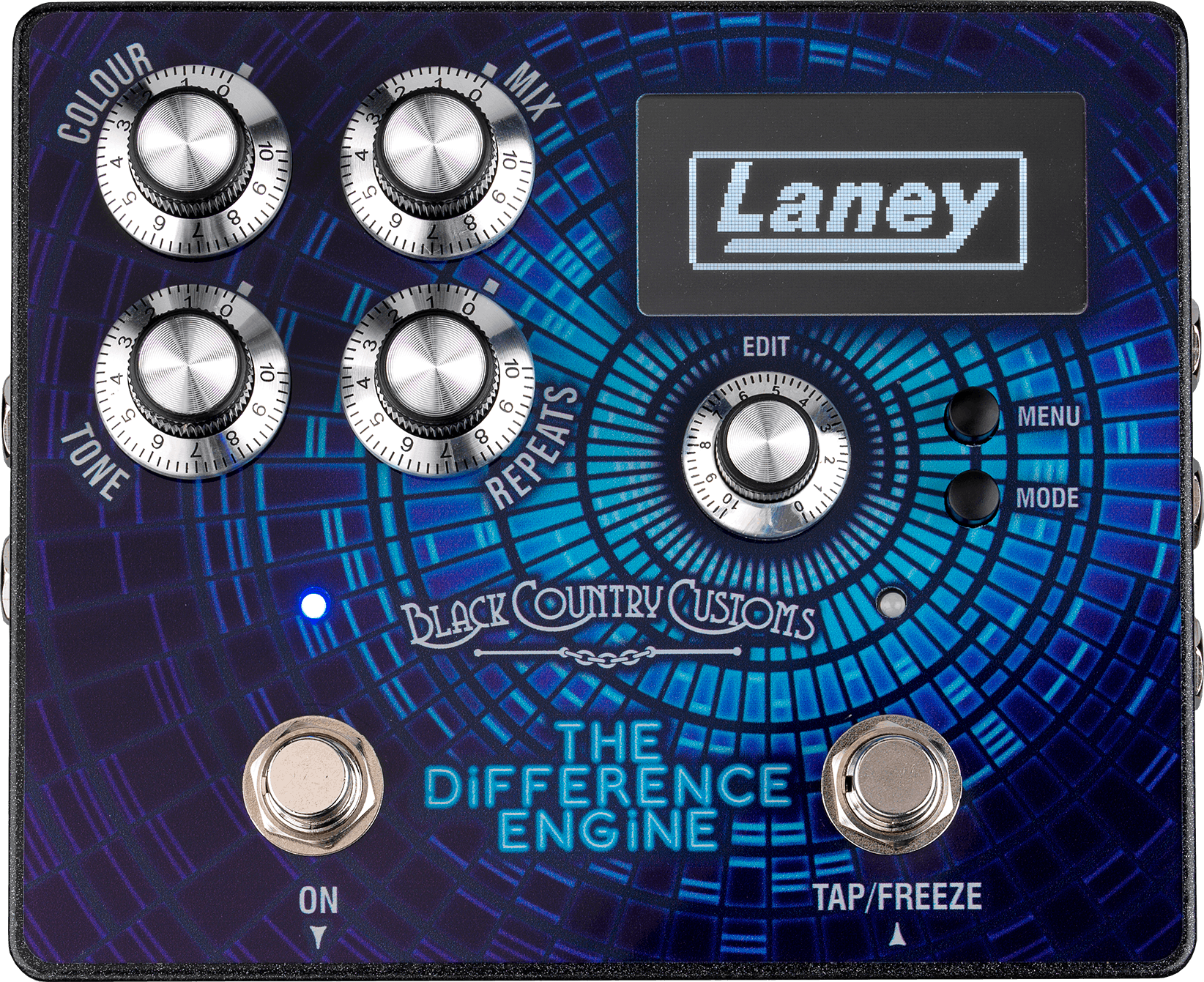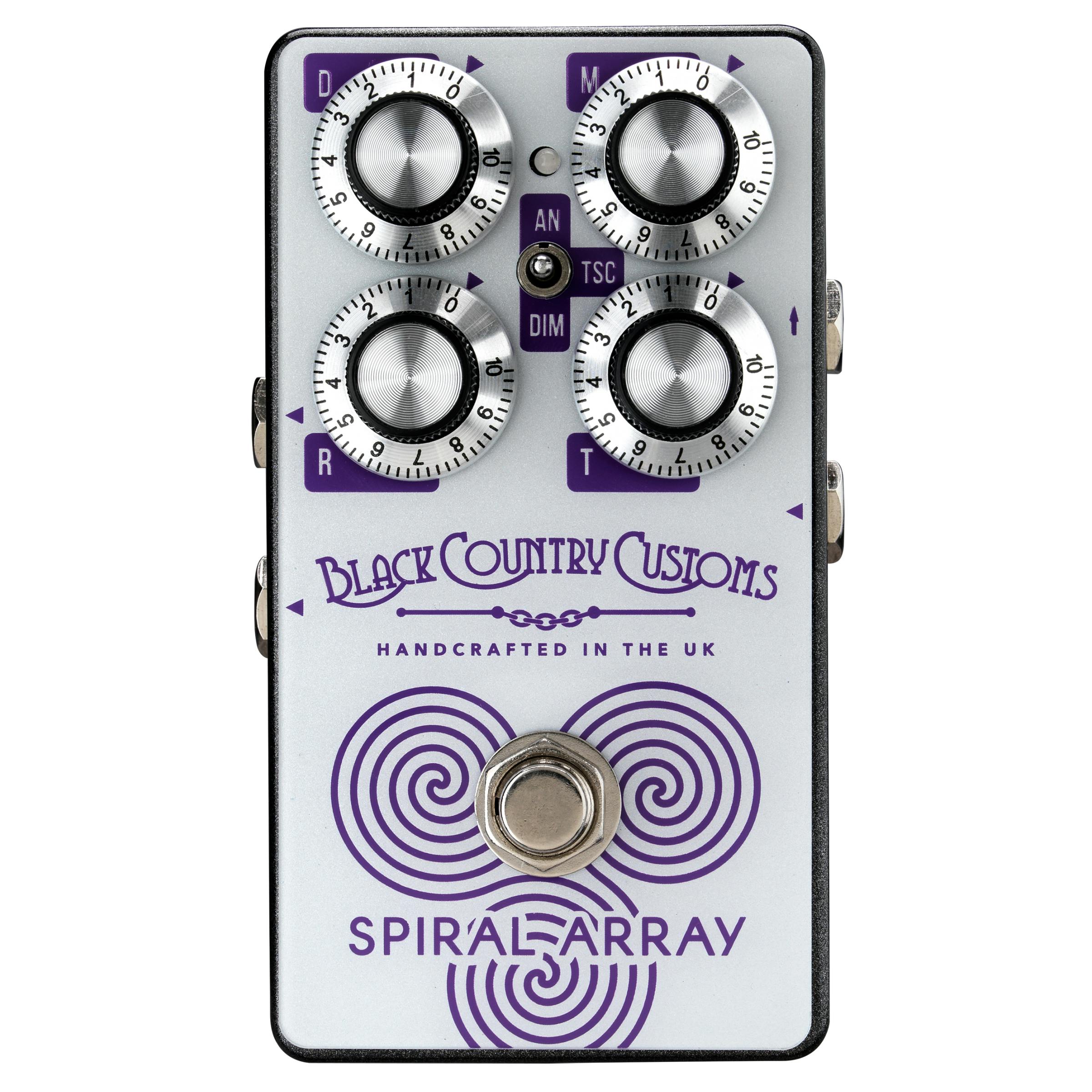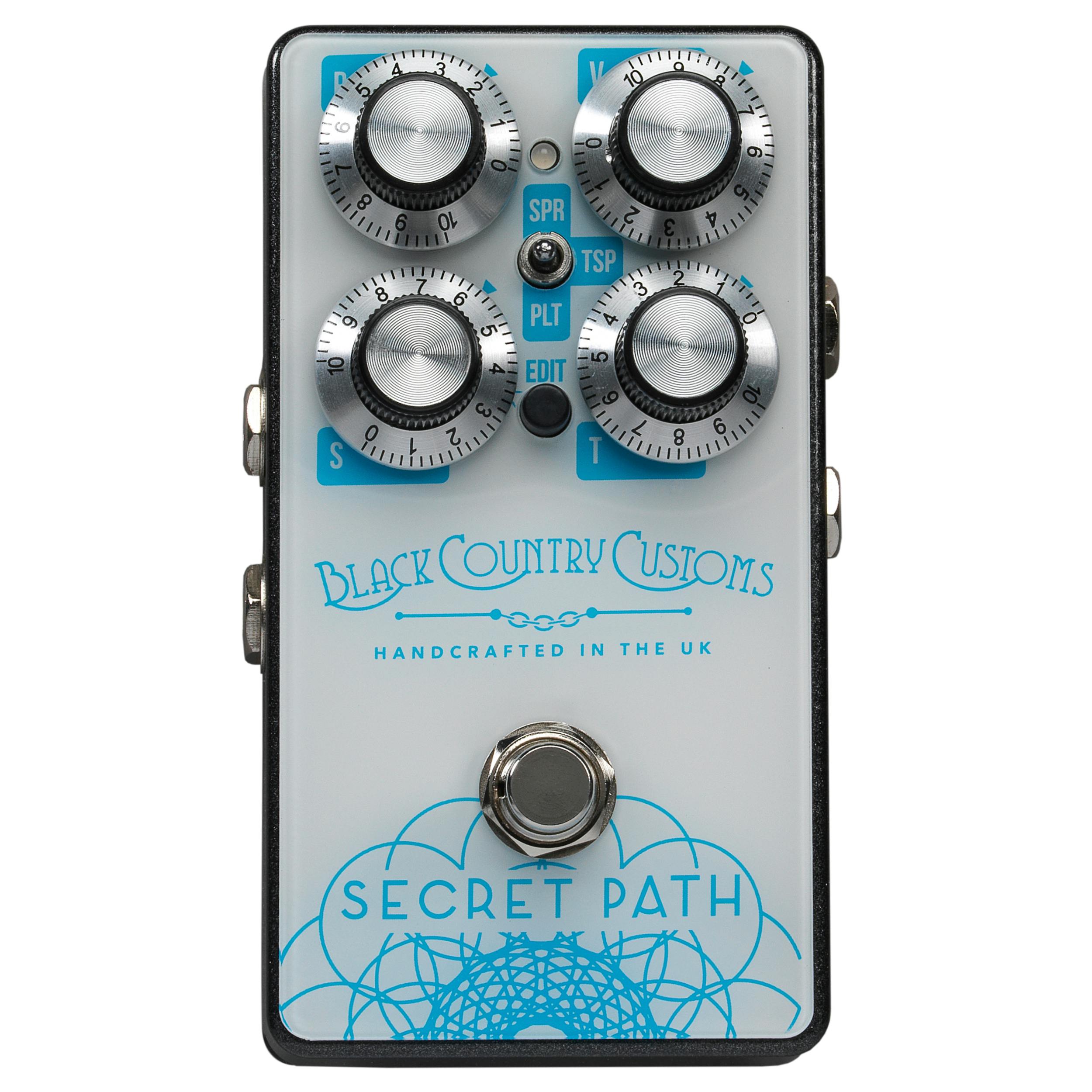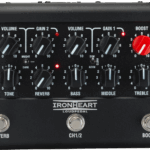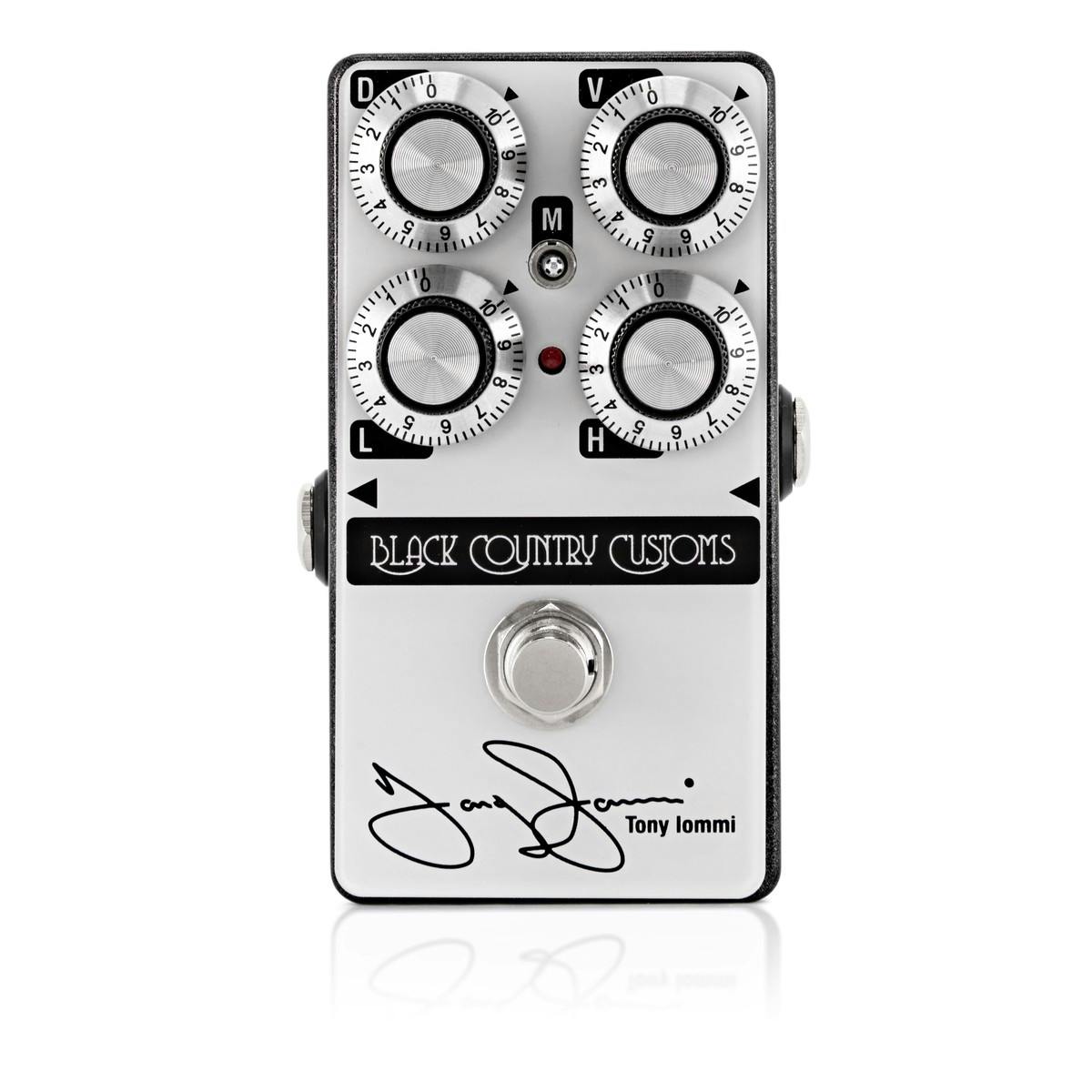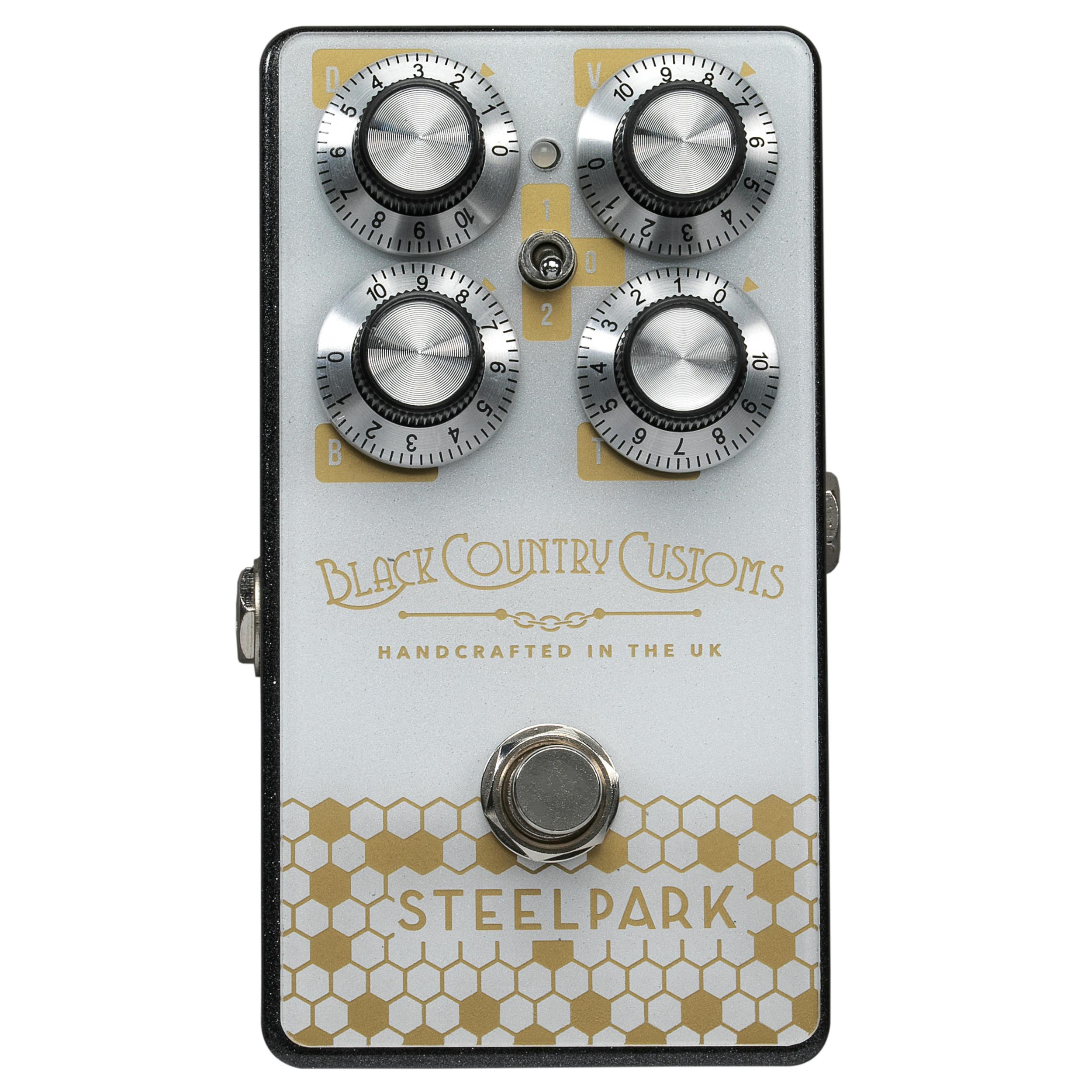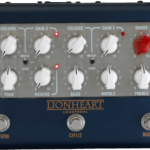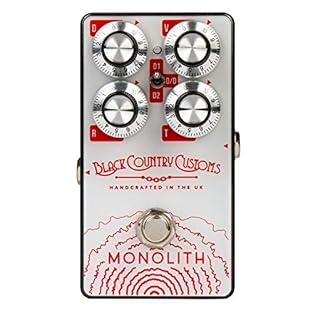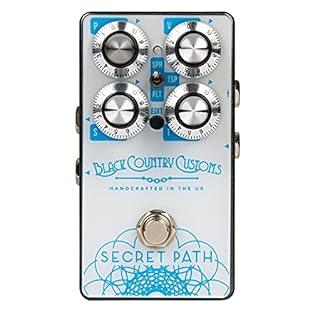Tasty Pedals made by Laney
Laney Amplification is a British manufacturer of guitar and bass amplifiers, known for their rich heritage, innovative designs, and powerful sound. Founded in 1967 by Lyndon Laney, the company has a long history of providing musicians with high-quality amplification solutions for both live performance and studio recording.
Among Laney’s product lineup, their guitar amplifiers stand out as some of the most respected and sought-after in the industry. From classic tube amplifiers like the Lionheart and the Supergroup to modern digital modeling amps like the Ironheart and the Black Country Customs series, Laney amplifiers offer musicians a wide range of tones and features to suit different playing styles and preferences.
In addition to guitar amplifiers, Laney produces a variety of bass amplifiers, speaker cabinets, and audio accessories, designed to meet the needs of bassists in any musical genre. The company’s commitment to quality craftsmanship and innovation has made Laney a trusted choice for professional musicians and enthusiasts alike, providing reliable amplification solutions that deliver powerful sound and exceptional tone.
Just Pedal Ingredients.
Delay — A delay pedal records your signal and plays it back after a set time, creating echoes that can range from tight, slapback repeats to long, atmospheric trails. It’s one of the most versatile effects, used to thicken tones, add rhythmic depth, or build spacious, ambient layers. Analogue delays offer warm, decaying repeats that blend naturally with your tone, while digital units provide pristine echoes with precise control over time, feedback, and mix levels.
From classic rockabilly and tape-style echoes to modern looping and shimmer effects, delay pedals have become essential tools for shaping sound. They can make solos soar, rhythms pulse, or transform simple chord progressions into cinematic textures. Whether used subtly to add dimension or boldly to create soundscapes, a good delay pedal can completely redefine the feel and atmosphere of your music.. Stereo — A stereo pedal or setup splits your guitar signal into two separate outputs, allowing you to create a wide, spacious sound when run into two amps or channels. Effects like chorus, delay, and reverb sound especially lush in stereo, as the modulation or repeats can bounce between left and right channels for a three-dimensional feel. It’s a popular choice for players who want to fill a room or studio mix with depth and movement that a single amp simply can’t produce.
Using stereo pedals opens up creative options for layering tones and building immersive soundscapes. You can pan effects across the stereo field, send clean and effected signals to different amps, or combine analogue and digital textures for a rich, dynamic sound. Whether you’re crafting ambient washes or creating a massive live presence, a stereo setup delivers clarity, separation, and a sense of space that transforms your overall tone..

